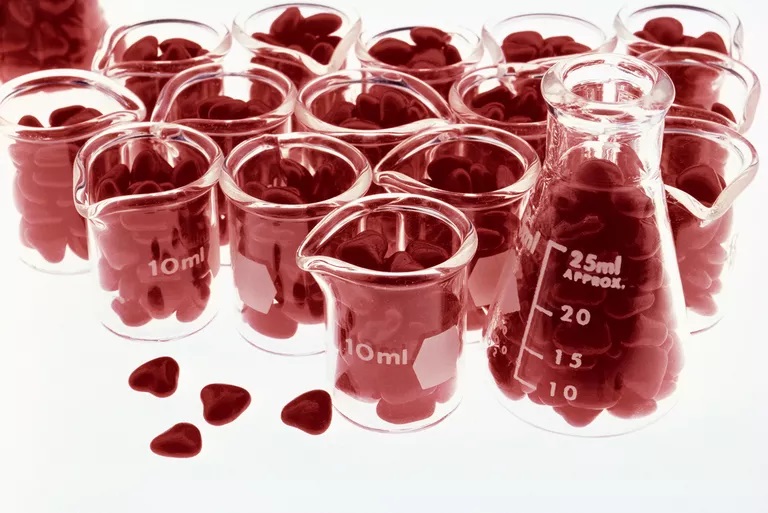Views: 21 Author: Anne Marie Helmenstine, Ph.D. Publish Time: 2021-04-09 Origin: ThoughtCo.








Chemicals That Make You Feel Love

By Anne Marie Helmenstine, Ph.D.
Updated July 28, 2019
According to Dr. Helen Fisher, a researcher at Rutgers University, chemistry and love are inextricable. She's not speaking, though, of the "chemistry" that makes two people compatible. Instead, she's speaking of the chemicals that are released into our bodies as we experience lust, attraction, and attachment.
Chemicals in Each Stage of Love
We may think that we're using our heads to govern our hearts, but in fact (at least to a degree) we're simply responding to the chemicals that help us experience pleasure, excitement, and arousal. Dr. Fisher says there are three stages of love, and each is driven to a degree by a particular set of chemicals. There is a lot of chemistry involved in feeling attachment, sweaty palms, butterflies in your stomach, etc. Take a look at some of the key biochemical players.
Stage 1: Lust
If you're feeling eager for a sexual encounter with someone (even if you're not quite sure who you'll end up with), chances are you're reacting to the sex hormones testosterone and estrogen. Both of these hormones play an important role in increasing libido in both men and women. Testosterone and estrogen are generated as a result of messages from the hypothalamus of the brain. Testosterone is a very potent aphrodisiac. Estrogen can make women more libidinous around the time they ovulate (when estrogen levels are at their peak).
Stage 2: Attraction
Lust is fun, but it may or may not lead to real romance. If you do make it to stage 2 in your relationship, though, chemicals become increasingly important. On the one hand, chemicals associated with attraction can make you feel dreamy. On the other hand, they can make you feel anxious or obsessive. People who are in this early phase of "falling in love" may even sleep less, or lose their appetite!
Phenylethylamine or PEA: This is a chemical that naturally occurs in the brain and is also found in some foods, such as chocolate. It is a stimulant, much like an amphetamine, that causes the release of norepinephrine and dopamine. This chemical is released when you are falling in love. It's responsible for the head-over-heels, elated part of love.
Norepinephrine: When PEA causes this chemical to be released, you feel the effects in the form of sweaty palms and a pounding heart.
Dopamine: Dopamine is a neurochemical that appears to be associated with mate selection. An Emory University study found that voles (a type of rodent) chose their mate based on dopamine release. When female voles were injected with dopamine in the presence of a male vole, they could select him from a group of voles later.
Stage 3: Attachment
Now that you're really committed to someone else, chemicals help you stay connected.
Oxytocin: Dopamine triggers the release of oxytocin, which is sometimes called the "cuddle hormone." In both genders, oxytocin is released during touching. In women, oxytocin is released during labor and breastfeeding.
Serotonin: A chemical that is more prevalent among people with compulsive disorders, serotonin can increase our dependence on another person.
Endorphins: Your brain acquires a tolerance to the love stimulants and starts to release endorphins. The honeymoon is over, chemically, around 18 months to 4 years into a relationship. However, this isn't all bad. Endorphins are associated with feelings of attachment and comfort. Endorphins are like opiates. They calm anxiety, relieve pain and reduce stress.